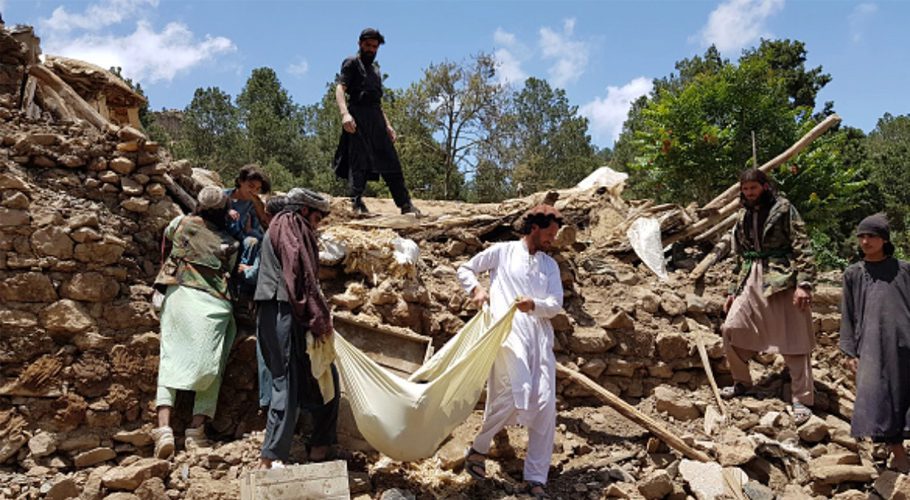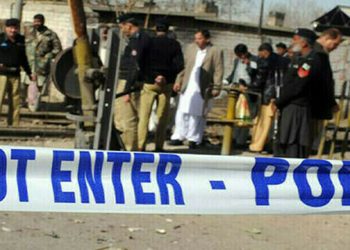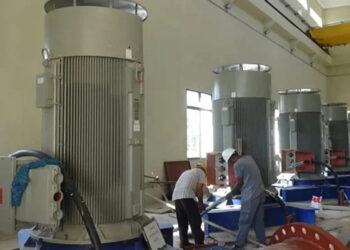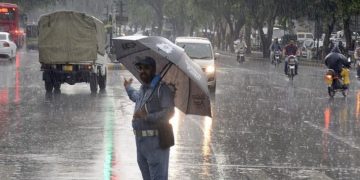Earthquakes of magnitude above 6 are often considered serious, but the deadliest ones are considered those who either involve higher number of casualties or the horrible destruction.
The deadliest earthquakes are not typically the strongest ones recorded. Casualties are often a function of earthquake depth (shallow quakes tend to cause more damage), population density, and how much punishment buildings and other structures can absorb before they fail. Some earthquakes, such as the Indian Ocean earthquake of 2004 and Japan’s Great Sendai Earthquake in 2011, produced tsunamis that caused additional damage and loss of life. In contrast, two of the most powerful earthquakes ever recorded, such as the Chile earthquakes of 1960 and 2010, had relatively small death tolls.
In Turkiye and Syria, multiple earthquakes ranging between 7.8 and 7.5 struck vast areas on Monday, claiming lives of more than 5000 people while displacing millions. The number of those injured in the two countries has crossed 20,000 mark.
Here is the list of top some deadliest earthquakes recorded in history:
2010 – HAITI – 7 MAGNITUDE
The magnitude 7 earthquake in Haiti resulted in at least 3,16,000 casualties. Though the death toll is disputed, some pit the figure at 2,20,000. The quake was so powerful that neighbouring countries Cuba and Venezuela also felt the tremors. It is still one of the top most devastating natural disasters ever recorded in the world. Hundreds of thousands of people were displaced in Haiti as a result.
2004 – INDONESIA – 9.1 MAGNITUDE
The massive 9.1 magnitude earthquake that struck Sumatra, Indonesia is the third most powerful earthquake recorded in history. There is still no record of a magnitude 10 earthquake. The earthquake killed at least 2,27,899 people across Indonesia, Sri Lanka, India and Thailand. Indonesia was the worst hit. The earthquake in the Indian Ocean also resulted in devastating tsunamis ranging from 15-30 metres in height.
2008 – CHINA – 7.9 MAGNITUDE
2005 – Azad Kashmir Earthquake
The magnitude-7.6 quake occurred on October 8, 2005, in the Pakistan-administered portion of the Kashmir region and the North-West Frontier Province (NWFP) of Pakistan; it also affected adjacent parts of India and Afghanistan. At least 79,000 people were killed and more than 32,000 buildings collapsed in Kashmir, with additional fatalities and destruction reported in India and Afghanistan, making it one of the most destructive earthquakes of contemporary times.
Great Peruvian Earthquake
This earthquake originated off the coast of Peru on May 31, 1970, and produced massive landslides that caused the collapse of many poorly constructed buildings. Approximately 70,000 people died.
2011 – JAPAN – 9.1 MAGNITUDE
The other 9.1 magnitude earthquake in the world occurred in Japan. The resulting tsunami killed around 18,000 people. The earthquake also resulted in damage to the Fukushima nuclear power plant resulting in a nuclear disaster as well.
1998 – AFGHANISTAN – 6.6 MAGNITUDE
There were two earthquakes that struck the Hindu Kush region in Afghanistan in this year, just a few months apart. This is in our list as it is the worst earthquake in recent history to have hit the Hindu Kush region, the region that is currently affected.
The first quake in February in the province of Takhar killed around 2,300 people (some estimate the casualties at 4,000). The second quake of 6.6 magnitude struck the same region in May, killing around 4,700 people.
1923 – JAPAN – 7.9 MAGNITUDE
A 7.9 earthquake in Japan killed over 1,42,000 people. It also resulted in the collapse of over half of the brick buildings at the time. The quake also triggered tsunamis with a height of up to 12m. The earthquake was followed by fires and tornados.
1960 – CHILE – 9.5 MAGNITUDE
The 9.5 magnitude earthquake that struck Chile is the most powerful quake ever measured in history. The disaster lasted for about 10 minutes and killed around 1,000-6,000 people
1976 – CHINA – 7.5 MAGNITUDE
A 7.5 magnitude earthquake struck Tangshan in China killing over 2,42,000 people.



































